

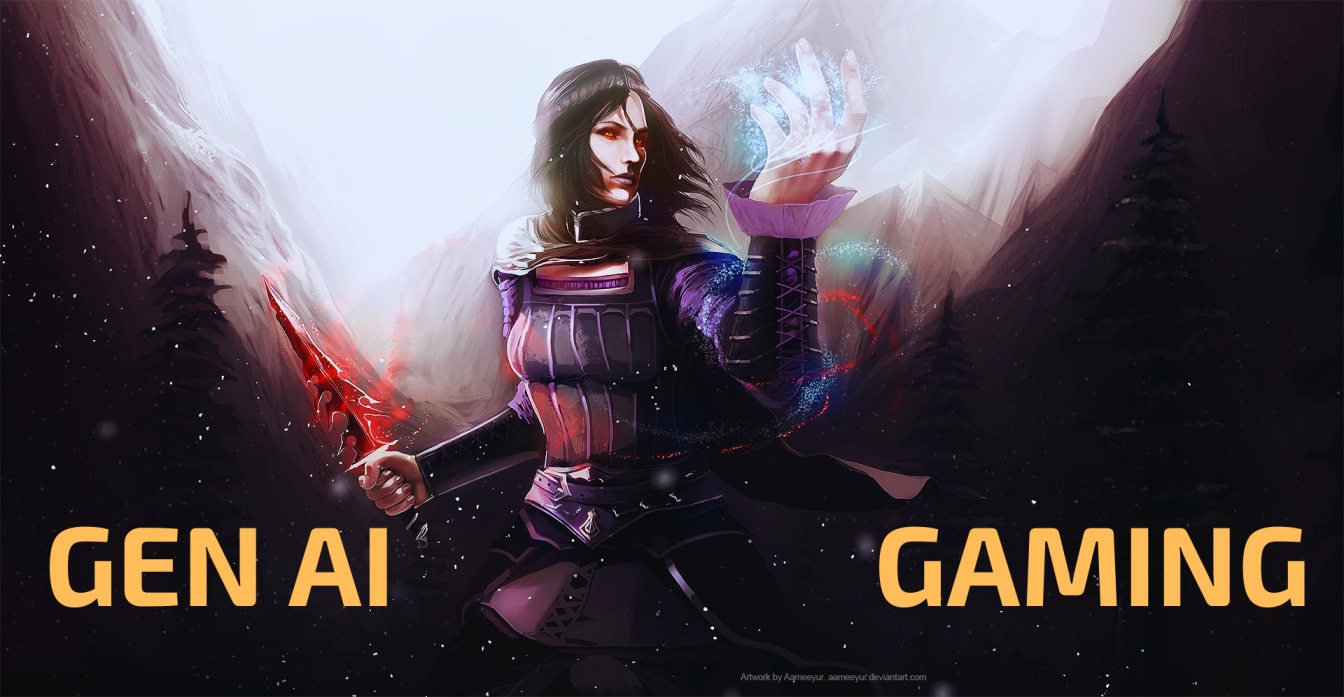
"Any sufficiently advanced technology is indistinguishable from magic." - Arthur C. Clarke
Overview:
GenAI is the new game-changer in town, and it's here to make waves in the gaming world. Think of GenAI as the ultimate game master, capable of creating new content all by itself. From jaw-dropping graphics and intricate game worlds to dynamic storylines that adapt to your every move, GenAI is making games more exciting and personal than ever. This tech wizardry isn't just about flashy visuals; it's about crafting adventures that are tailor-made for you. As GenAI continues to evolve, it's set to revolutionize how games are made and played. Get ready for a whole new level of fun!
1. The Evolution of Gaming with AI
History:
1950s:
The journey of AI in gaming began way back in 1952 with Alexander Douglas's “OXO,” which was a simple computer version of Tic-Tac-Toe. This game was one of the first instances of AI being used to challenge a human player, marking the dawn of AI in gaming.
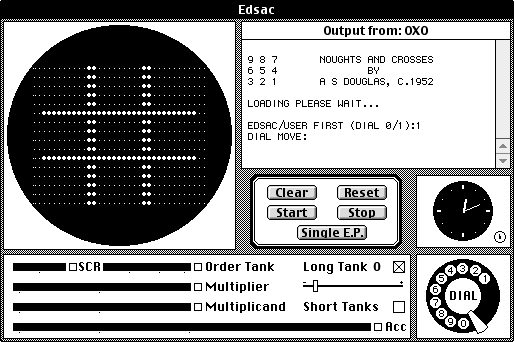
Figure 2 OXO
Fast forward to the 1970s, and we see the release of "Pong" in 1972 by Atari. While not sophisticated by today's standards, "Pong" used basic AI to control the paddles, providing players with a challenging opponent. During this period, early AI applications began to emerge. Games like "Space Invaders" (1978) featured enemies moving in a fixed pattern, increasing in speed as the player eliminated them. This simple AI behavior added a layer of challenge and engagement, paving the way for more complex AI implementations.
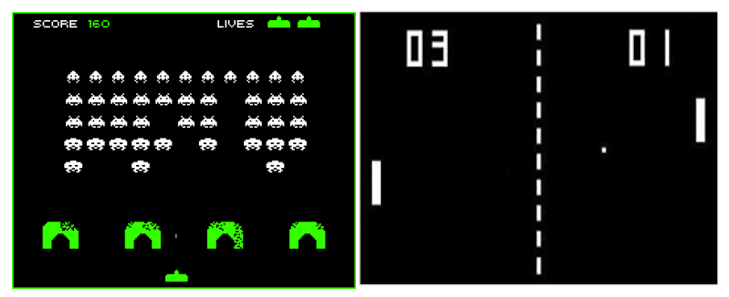
Figure 3 a) Space Invaders b) Pong
The 1980s brought a significant leap forward with the release of "Pac-Man" in 1980. This arcade classic featured AI-driven ghosts with different behaviors, adding complexity and strategy to the game. Each ghost had its own unique AI, making the game more unpredictable and exciting. Following closely was "Donkey Kong" in 1981, where AI-controlled enemies followed specific patterns, laying the groundwork for platformer games. During this decade, procedural generation also started to gain traction. "Rogue" (1980) utilized procedural generation to create random levels, ensuring a unique experience with each playthrough and enhancing replayability.
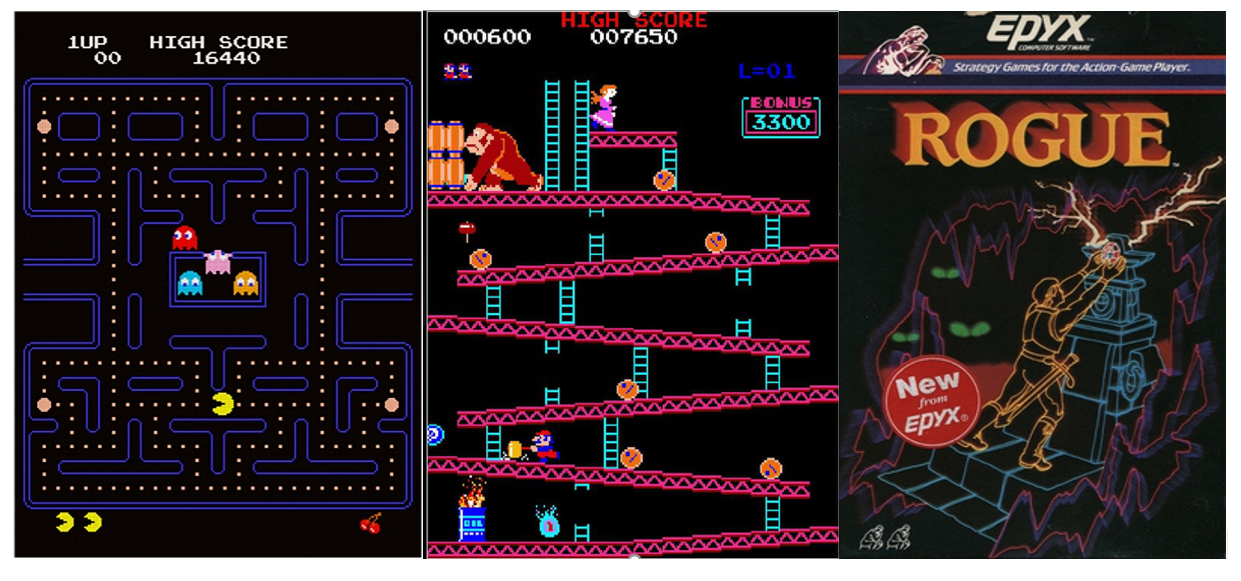
Figure 4 a) Pac-Man b) Donkey Kong c) Rogue
In 1992, "Dune II" introduced the concept of real-time strategy (RTS) games. This game was groundbreaking as it implemented AI to control enemy units, making strategic decisions in real-time. "Dune II" set the stage for future RTS games, influencing titles like "Command & Conquer" and "Warcraft."
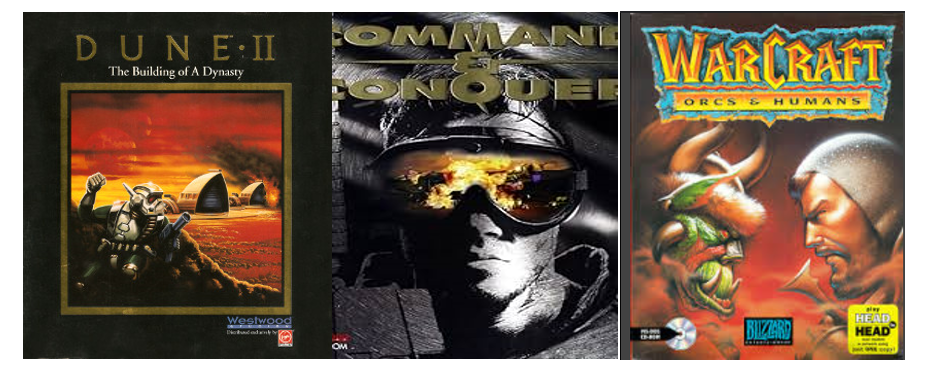
Figure 5 a) Dune II b) Command & Conquer c) WarCraft
The late 1990s and early 2000s saw AI becoming more sophisticated with games like "The Sims" (2000) and "Black & White" (2001). "The Sims" used AI to simulate the daily lives of virtual characters, while "Black & White" allowed players to train a creature with AI learning behaviors based on player interactions. Around the same time, "Half-Life" (1998) revolutionized first-person shooters with AI that could navigate complex environments and work together to challenge the player.

Figure 6 a) The Sims b) Black and White c) Half LIfe
In 2001, "Halo: Combat Evolved" set new standards for AI in first-person shooters, with enemies exhibiting realistic combat behaviors and teamwork. This period also saw the rise of open-world games like "Grand Theft Auto III" (2001), where AI controlled the behavior of citizens and vehicles, creating a living, breathing game world.
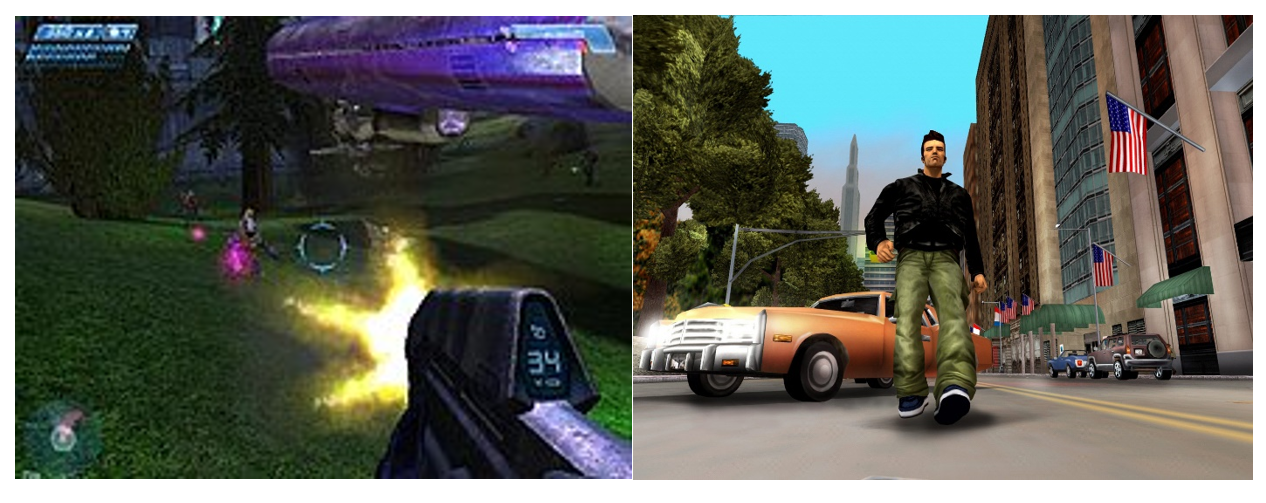
Figure 7 a) Halo b) GTA III
The 2010s witnessed further advancements with games like "Middle-earth: Shadow of Mordor" (2014), which introduced the Nemesis system. Here, AI-generated characters remembered past interactions with the player, creating a dynamic and personalized gaming experience. "No Man’s Sky" (2016) used procedural generation to create a virtually infinite universe, thanks to AI algorithms. Another landmark was "The Last of Us" (2013), which featured highly intelligent AI for both allies and enemies, providing a deeply immersive narrative experience.

Figure 8 a) Middle-earth: Shadow of Mordor b) No Man's Sky

Figure 9 The last of Us
GenAI is pushing the boundaries even further. It’s not just about creating smarter opponents but about crafting entire game worlds, storylines, and characters on the fly. For instance, "AI Dungeon" uses GPT-3 to generate endless narrative possibilities, allowing players to craft their own adventures in real-time. This technology is making games more immersive, adaptive, and personalized, ensuring that no two gaming experiences are ever the same.
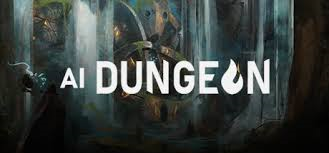
Figure 10 AI Dungeon
As we look to the future, games like "Cyberpunk 2077" are set to utilize AI to create even more intricate and interactive environments. With GenAI, the future of gaming looks incredibly exciting, filled with endless possibilities and adventures waiting to be discovered. The evolution of AI in gaming has come a long way since the days of “OXO,” and the journey is far from over. Get ready for a new era where the lines between reality and virtual worlds continue to blur.

Figure 11 Cyberpunk
2. A Game Changer
GenAI is like the wizard behind the curtain in the world of tech magic. It's a type of artificial intelligence that can create new content all by itself. Think of it as an artist and a storyteller rolled into one, capable of whipping up text, images, music, and even entire game worlds. Instead of following a script or set rules, GenAI uses patterns it has learned from existing data to dream up something entirely new. It's like giving your computer a creative brain!
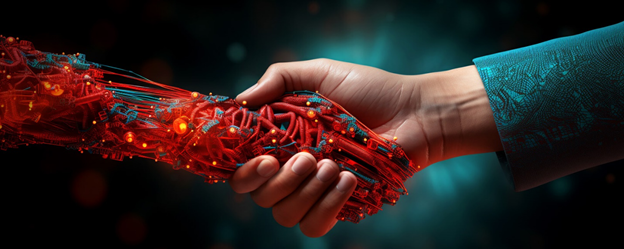
Several cutting-edge technologies are driving the GenAI revolution, each adding its own sprinkle of magic to the mix.
GPT-3: This is the superstar of text generation. Developed by OpenAI, GPT-3 can write stories, answer questions, and even carry on conversations that are eerily human-like. Imagine having a game where the characters can chat with you, adapt to your responses, and create new plot twists on the fly. It's like having an endless choose-your-own-adventure book!
DALL-E: Another marvel from OpenAI, DALL-E can generate images from text descriptions. Tell it you want a picture of a two-headed flamingo wearing a top hat, and voila, it will create it for you. In gaming, this means developers can quickly create unique characters, landscapes, and items just by describing them. It's like having an infinite palette of creativity at your fingertips.
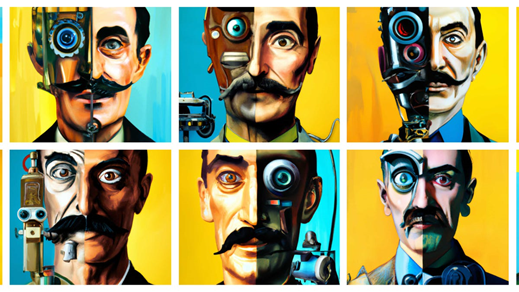
Other Notable Models: There are other amazing models out there too. StyleGAN can generate incredibly realistic human faces, which is perfect for creating lifelike game characters. DeepMind's AlphaGo and AlphaZero have shown that AI can master complex games, even beating world champions. Imagine the strategic depth and challenge these AIs can bring to your favorite strategy games.
GenAI is not just a tool; it's a collaborator that can bring your wildest gaming ideas to life. Whether it's crafting new worlds, writing captivating storylines, or creating characters with unique personalities, GenAI is changing the game. So, buckle up and get ready for a future where every game is a new adventure, limited only by your imagination. It's game on!
Content Creation:
GenAI is like having an imaginative co-creator who never sleeps. Need a new character? Just describe your vision, and GenAI will conjure up a unique design complete with personality traits and a backstory. It’s like having a virtual character artist and writer rolled into one.
For dialogue, GenAI can craft conversations that fit perfectly within the game’s world. It understands context and can generate lines that make interactions feel genuine and engaging. When it comes to landscapes and game worlds, GenAI can create vast, detailed environments, ensuring that every mountain, river, and forest is unique. Imagine describing a mystical forest and having it appear in your game, lush and full of wonder, just as you envisioned.

Efficiency and Creativity:
One of the biggest perks of using GenAI in game development is how it drastically improves efficiency. Creating detailed game content manually can take weeks or even months, but with GenAI, this process is significantly faster. This means developers can allocate more time to refining game mechanics and enhancing player experiences.
But speed isn't the only benefit. GenAI also unlocks a new level of creativity. Developers can experiment with various designs and narratives, instantly seeing the results of their ideas. This iterative process allows for more innovation and creativity, as developers aren't bogged down by the tedious aspects of content creation. It’s like having an endless canvas where you can keep painting new and exciting elements without delay.
NPCs (Non-Player Characters) are the characters in a game that players interact with, controlled by the computer. GenAI is set to revolutionize these interactions, making them natural, responsive, and immersive. Powered by large language models (LLMs), NPCs can engage in dynamic conversations and adapt their dialogue based on the player's actions and the game's context.
Companies like Inworld AI are already showcasing products that bring these intelligent NPCs to life. These NPCs will have their own routines, personalities, and memories of past interactions. Imagine an NPC blacksmith who not only sells you weapons but also has personal quests, a backstory, and evolves over time based on in-game events.
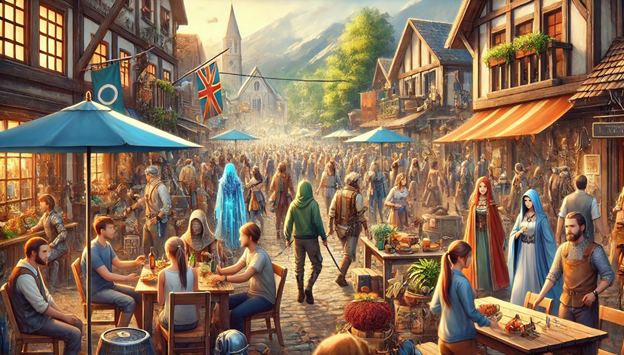
Case Studies:
Here are a couple of games that have successfully utilized GenAI:
AI Dungeon: This interactive game uses GPT-3 to generate limitless narrative possibilities. Players can input any action or dialogue, and the AI responds with unique, contextually appropriate content, making every playthrough a new and immersive adventure. It's like having an infinite number of storylines at your fingertips.
No Man's Sky: Utilizing procedural generation, this game offers a universe with over 18 quintillion unique planets. Each planet has its own ecosystem, creatures, and landscapes, ensuring that no two players will ever have the same exploration experience. This use of GenAI makes every journey in the game feel like a fresh, new adventure.
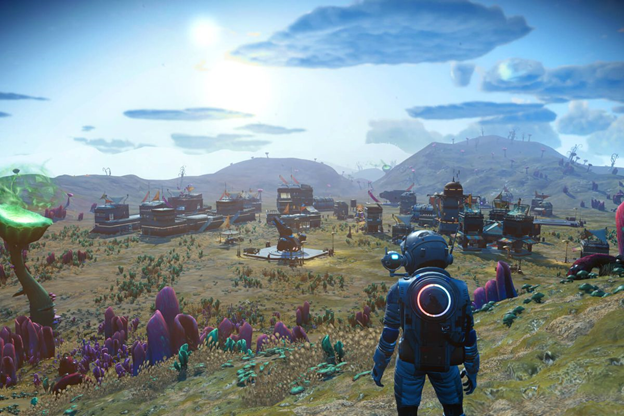
Figure 12 No Man's Sky
These examples highlight how GenAI is not just a tool but a transformative force in game development. It enhances efficiency, boosts creativity, and ultimately leads to richer, more engaging gaming experiences. The future of game development with GenAI looks incredibly promising, filled with endless possibilities for both creators and players.
GenAI is a game-changer when it comes to dynamic storytelling. Traditional games often follow a fixed storyline, but with GenAI, the narrative can adapt in real-time based on the player's decisions. This means that every choice a player makes can influence the story, leading to multiple possible outcomes. Imagine playing an RPG where your actions not only affect the immediate plot but also shape the entire game world and the fates of its inhabitants.

Figure 13 The Bulk of the Empire Vs The Son of Skyrim by LordHayabusa357
Procedural content generation powered by GenAI takes personalization to the next level. This technology can create unique game content on the fly, ensuring that no two gaming experiences are the same. For example, in a game like "No Man's Sky," procedural generation allows for the creation of over 18 quintillion unique planets, each with its own ecosystems, landscapes, and creatures. This endless variety keeps the game fresh and exciting, as players continually discover new and unexpected worlds. Procedural content generation ensures that players always have something new to explore, tailored to their play style and preferences.
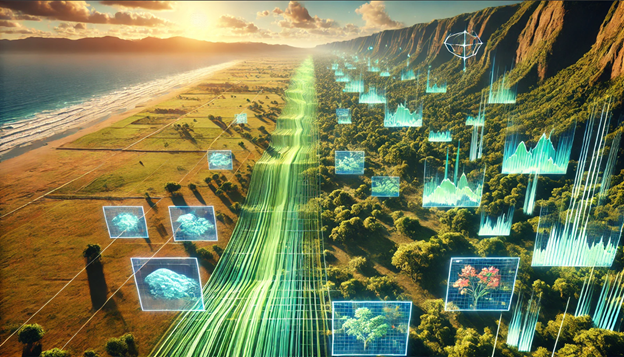
Adaptive AI brings a whole new level of realism to NPCs and game environments. Unlike traditional AI, which follows pre-set patterns, adaptive AI learns and evolves based on player behavior. This means NPCs can remember past interactions, adapt their responses, and even change their behavior over time. Imagine an NPC who starts off friendly but becomes hostile if the player repeatedly makes selfish choices. Or consider a game environment that changes dynamically, responding to the player's actions and decisions.
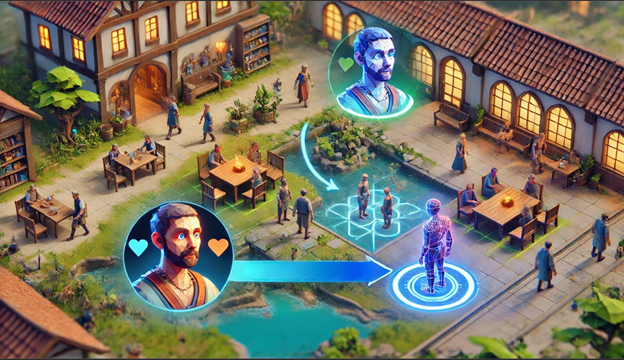
Game testing can be a bit like finding a needle in a haystack, but GenAI is here to help! Automated testing powered by AI can identify bugs and issues at lightning speed. Instead of developers spending countless hours hunting for glitches, GenAI can scour the code and game environment, catching those pesky bugs before they ruin your epic quest. It’s like having a digital bloodhound on your development team, sniffing out problems so you can focus on creating the fun stuff.
Nothing ruins a game faster than poor balance, but fear not, GenAI is on the case. Using AI-driven analytics, developers can ensure a fair and challenging experience for all players. GenAI can analyze player behavior, tweak difficulty levels, and adjust game mechanics to keep things smooth and exciting. Think of it as your game's personal trainer, constantly adjusting the workout to keep players engaged and entertained. With GenAI, games stay balanced, challenging, and most importantly, fun for everyone.
GenAI is powerful, but it can also inherit biases from the data it learns from. Ensuring that AI-generated content is fair and unbiased is crucial. Developers need to be vigilant, constantly checking and refining the AI’s output to prevent any unintended prejudice. It’s like teaching a robot to be fair and square, making sure it treats all players equally.

Maintaining high standards in AI-created assets is a must. While GenAI can produce amazing content, it sometimes needs a human touch to ensure everything is up to par. Think of it as having a virtual artist that’s incredibly talented but occasionally needs a bit of guidance to keep the masterpiece in check.
As GenAI takes on more roles in game development, it raises questions about employment and creative control. While AI can handle repetitive tasks, there’s a balance to be struck to ensure that human creativity and jobs aren’t sidelined. It’s essential to navigate this new landscape thoughtfully, making sure that AI enhances rather than replaces human ingenuity in the gaming industry.
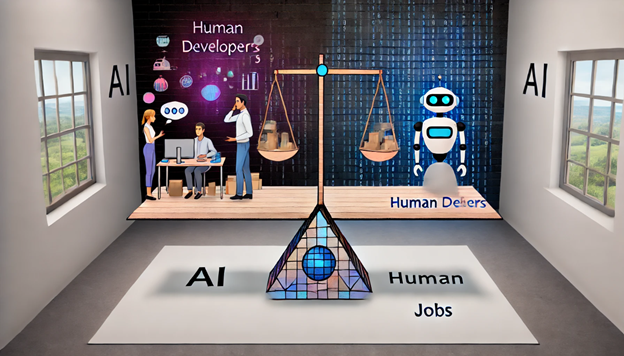
The future of GenAI in gaming is bright and full of exciting possibilities. We can expect even more sophisticated AI that creates hyper-realistic characters, environments, and stories. AI-generated game worlds will have rich histories and dynamic ecosystems, while NPCs could react to player emotions in real-time. Multiplayer games might feature AI teammates that learn from player strategies, enhancing gameplay.
Over the next decade, GenAI will transform gaming by making it more personalized and immersive. Games will adapt to individual play styles, offering unique experiences for each player. The technology will also empower indie developers to create complex games with fewer resources, leading to a surge in innovative and diverse titles.
GenAI is leveling the playing field for indie game developers, giving them an edge over AAA studios. With GenAI handling time-consuming tasks like asset creation and procedural generation, indie developers can focus on innovation and storytelling. This reduces costs and development time, allowing smaller teams to compete with big-budget titles. The result? A wave of fresh, creative games that challenge the status quo and bring new ideas to the forefront of the gaming industry.

Recap
GenAI is revolutionizing the gaming landscape. It enhances dynamic storytelling, creates unique and immersive content, and brings life to NPCs, making game worlds more responsive and engaging. GenAI boosts efficiency and creativity in game development, enables sophisticated game testing and quality assurance, and addresses challenges like bias and quality control. Looking to the future, GenAI promises more personalized and innovative gaming experiences, leveling the playing field for indie developers and pushing the boundaries of what's possible in gaming.
Final Thoughts
As we venture into this thrilling new era in gaming, GenAI unlocks limitless possibilities for both players and developers. Gamers can look forward to more immersive adventures, while developers can break new ground with unprecedented creative freedom. Embrace the world of AI-driven games and witness how this groundbreaking technology is reshaping the future of entertainment. The game is on, and the future is yours to explore!
To quote Alan Turing, "We can only see a short distance ahead, but we can see plenty there that needs to be done." Dive in and be part of the revolution!
Powered by Froala Editor